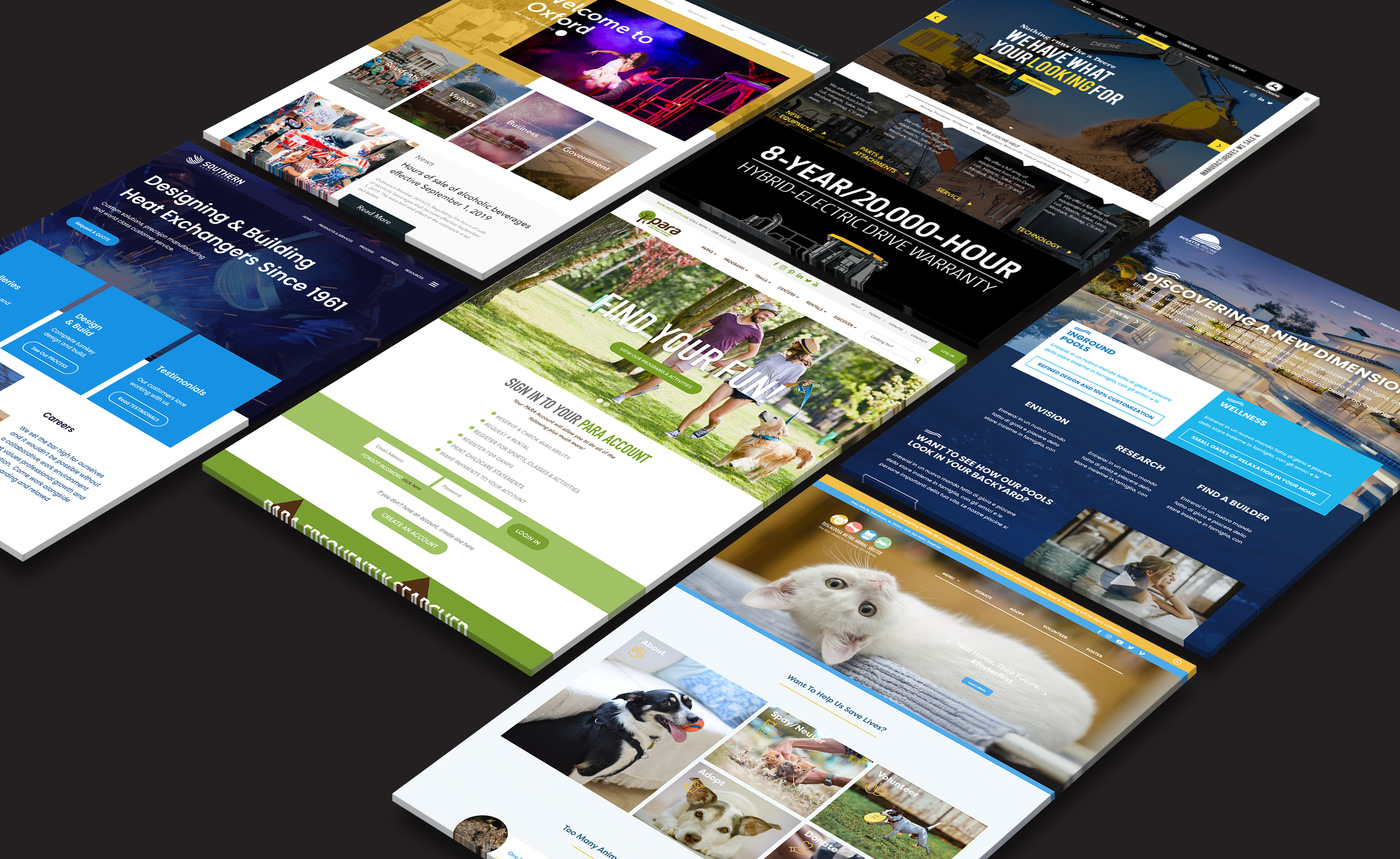
What is branding? Why is branding important?
As consumers, we're all guilty of the occasional "buy it because it looks cool" mentality while walking the aisles of Target or late-night scrolling through Instagram. This phenomena is the result of a brand's ability to place a strong and lasting first impression in the eyes of its target audience. So how can a small business brand capture their ideal customer's attention before the competition? First, we need to define branding and its importance.
Branding, by definition, is the marketing process of applying distinct identifiers (such as a logo, website, social media presence, etc.) so that consumers can identify a product or service and distinguish it from others. Branding is important because it allows your target audience to connect with the heart and soul of your business.
Outward appearances heavily affect how consumers view or judge a brand, so it is critical to utilize clear and attractive branding that reflects what your business is and what it sells.
Here are 3 key branding tiers for putting your best foot forward:
1. A strong logo
A fitting logo says everything about your brand without saying a word. It's the first thing a customer notices about your products or services and should attract them into learning more. The right logo essentially puts a face to your brand and lays the foundation for the rest of your branding strategy. A branding professor of mine once told me, "Designing the right logo is the most important step in creating a brand's visual identity, and once you have that design finalized the rest comes naturally."
It is crucial to set up a strong logo that reflects your brand's personality so the rest of your brand's identity can follow suit.Logos, like the few below, aren't successful just because they look great (of course that's helpful) but because they give their brand a distinct personality, whether that's clean, fun, or "techy," that allows its target audience to connect with it. Utilizing an AI logo generator can streamline this process by offering quick, customizable options that still align with your brand's personality.
Once you've created a logo that complements the vision of your brand, it's time to move on to the next tier for achieving a valuable first impression: a well-designed website.



2. A well-designed website
Another important aspect of your brand's identity is its website design and development. Besides a nice logo, your businesses's online presence serves a vital role in establishing a great first impression in the eyes of your target audience. Your website is like your virtual storefront, and you want to not only show up but show out in order to build your brand's credibility. A well-designed and maintained website is a valuable sales tool.
But what makes a website a good one? Here's our take:
- It's consistent to your brand standards. Your website is meant to put your business on a shiny pedestal, and it should reflect your brand's personality as clearly as its logo does. According to Forbes, presenting a brand consistently across all platforms can increase revenue by up to 23%.
- Its purpose is clear. Every page on a website should include some sort of call to action so you have a higher likelihood of converting a visit to a contact form submission, subscription, or purchase.
- It's functional and easy to navigate. A well-designed site allows both searchers in need of a quick fix or casual browsers to get to the information they need quickly. Site visitors don't like to work hard to get to the info they need, so your site should be simple to navigate between pages.
- It looks good on all browsers. In today's day and age, devices of all shapes and sizes are readily available and used by your target audience. A well-done website looks just as good on a phone as it does a desktop.
- Its optimized for search. Search Engine Optimization (SEO) helps your site earn traffic, and should be considered throughout all steps of the web design process. The majority of online traffic is driven by search engines and having your site pop up after a Google search further increases your credibility over the competition.

3. A supportive social media presence
Brands can reap several benefits from a good social media presence. Not only does it allow you to connect with new consumers, it furthers your brand's ability to show off its personality, products/services, and promotions. It gives a business a more creative and casual way of communicating to its customers and in turn builds trust and credibility. Not only does social media allow you to build your brand awareness, it serves as yet another outlet to increase web traffic and generate leads. Staying on top of your social media game can also assist you in dialing in new trends, building your brand's reputation, and keeping track of the competition.

Conclusion
Like a three layered cake, all of these tiers build off one another to create really sweet results. A strong logo, well-designed website, and complementary social media presence are a sure way to get your business noticed regardless of the industry you're in. Dialing in each of these tiers will take your brand to The Nines!
